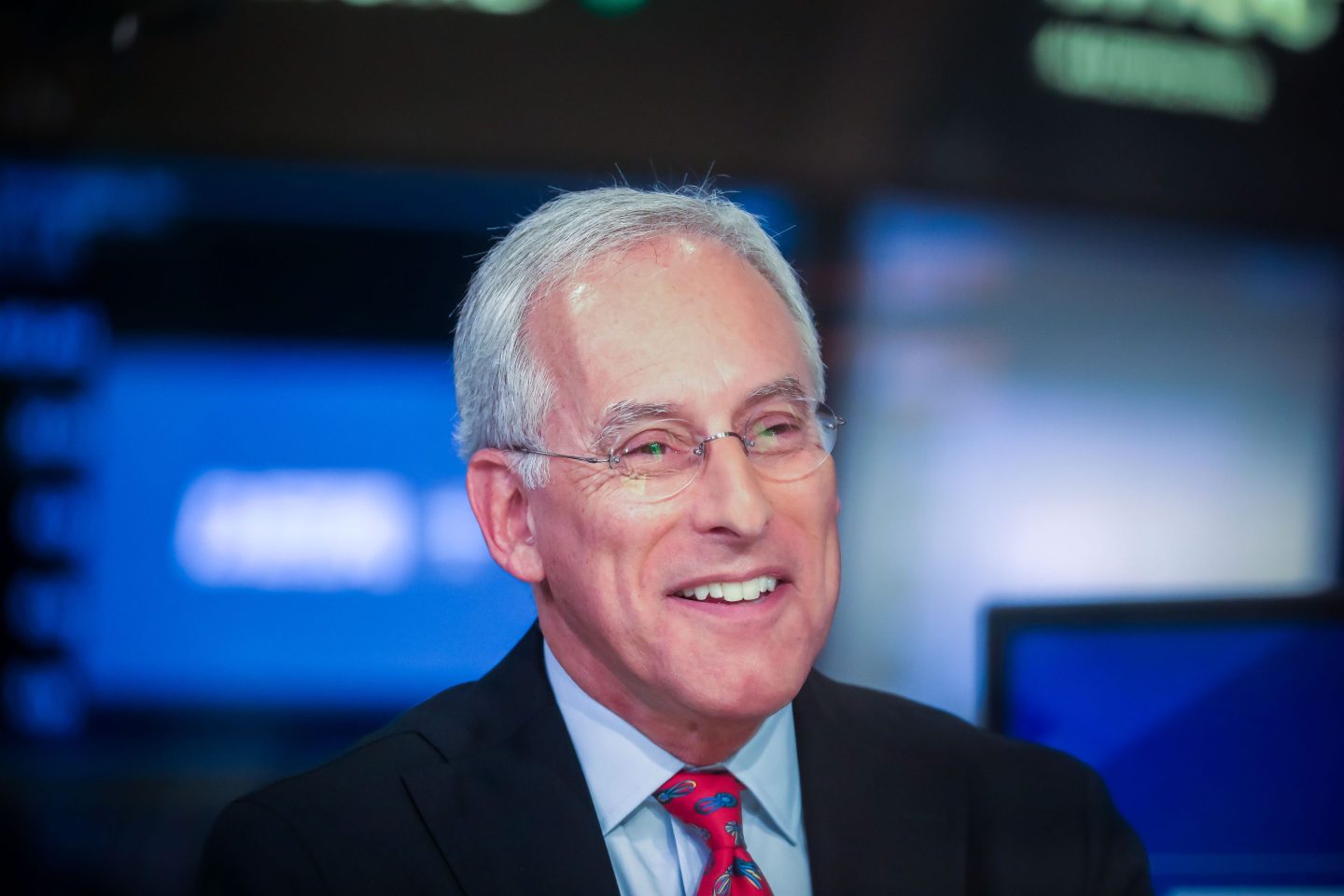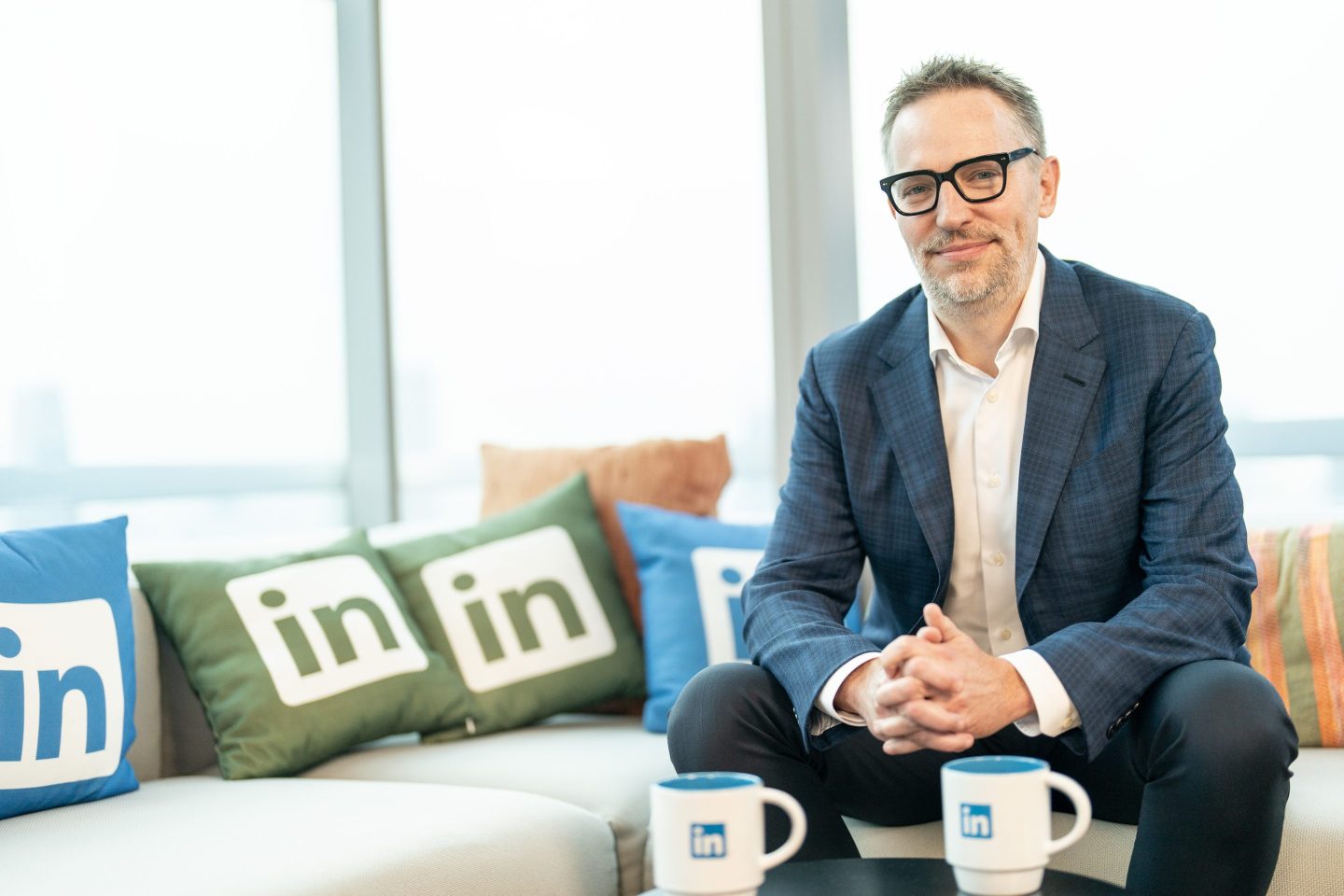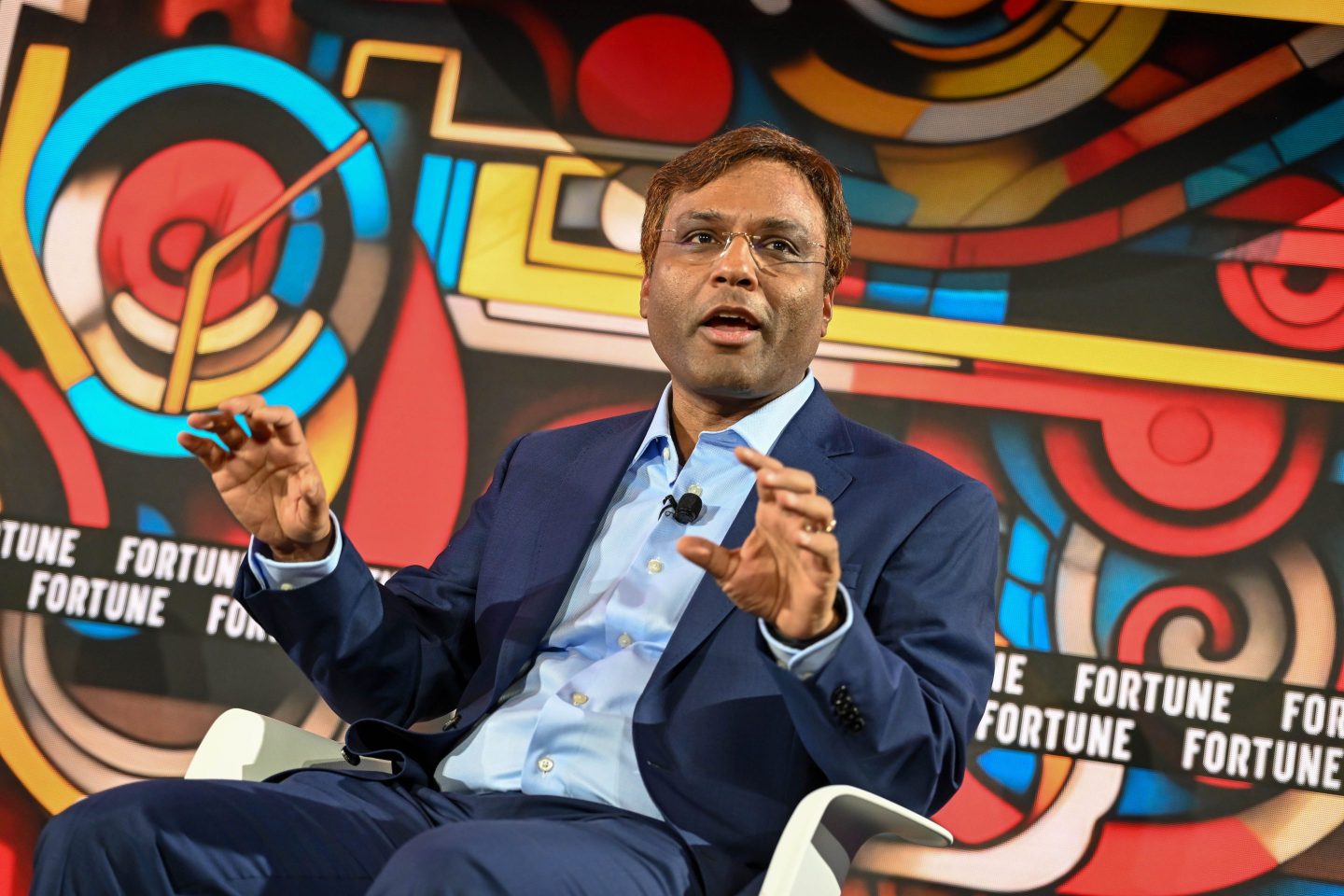David Coleman isn’t just the CEO of the College Board, he’s a bona fide education activist, per Time magazine. When he took over the organization 12 years ago, which administers the Advanced Placement (AP) program and the SAT college-entry exams, he told Fortune that privileged kids were thriving, and the others were left behind.
“When I started at the College Board, we only gave the SAT over the weekend,” he said. “And that may sound fine, but the kid who self-selects to take an exam over the weekend is a certain sort of kid.” AP courses were no different, he said, “focused on a fairly narrow set of the top 20% to 30% of the high school.”
The College Board’s own research indicates that “AP students tend to be from higher-income families, attend suburban schools, and have better academic preparation for high school” than students who don’t take AP classes and exams.
Coleman told Fortune in an interview that “it’s a dangerous moment” for education. “The biggest fact of the American high school is that our kids are more and more disconnected than ever before from the whole enterprise of pursuing their future.”
Coleman described a downward spiral of worsening engagement with instruction in general. “In elementary school, they’ll take what we give them. In middle school, they become suspicious. And in high school, many of them are done. And they’re just not taking it. They’re not interested.”
The College Board CEO said this could get even worse in the age of artificial intelligence, describing his fears of a “why bother?” mentality taking hold. His remarks come in a climate when top CEOs are revealing that they’re having the same conversations around their kitchen tables. Just a few weeks ago, Ford CEO Jim Farley revealed a story about his own son working a mechanic job last summer and wondering aloud: “I don’t know why I need to go to college.”
Then, Coleman said, he got a call from the U.S. Chamber of Commerce in late 2024. He said that when he sat down with the Chamber’s CEO, Suzanne Clark, and Chief Policy Officer, Neil Bradley, they quickly realized they were facing the same problem from different perspectives and were ready to take a “far bolder move” in overhauling the AP program.
Bradley told Fortune that it “quickly evolved into a deeper discussion about how we could bring together the best of what the College Board does in education and what the Chamber does in organizing the business community, with the full vision coming together at a meeting in the College Board’s New York offices in early 2025. In the spring, they had meetings in DC with nearly 100 state and local Chamber CEOs and launched a nationwide initiative.
The result was a brand-new course that launches this fall: AP Business with Personal Finance. Mastery in this course will be recognized by thousands of employers and can lead directly to employment or advanced study. Nearly 300 employers, including Aon, IBM, Nissan, SnapIT Solutions and Wells Fargo, as well as 75 local chambers of commerce across more than 40 states, have endorsed the new AP courses.
“We’re really saying this is something of value to almost all kids, that it’s a different thing, that we’ve got to stop it with a few kids getting the good stuff.” Coleman’s goal is ambitious: “that fundamental division between career education and general education must fall.”
How to end segregation?
Coleman called the “segregation” that he sees taking place among different types of students “cruel, socially, in high schools. It literally separates students from other students in very unkind ways.” It’s also “really dumb,” he added, because all kinds of students need the new offering on business, which is designed both for students headed to college and for those planning to go directly into trades or work, reflecting a changing landscape where career success increasingly depends on adaptability, innovation, and financial literacy.
Bradley said that, from the Chamber’s perspective, employers are sick and tired of scrounging for talent. The Chamber’s president and CEO, Suzanne Clark, remarked on the news of the new course, “We hear from business leaders all the time—they cannot find the talent. This course is about preparing students for day one of their first job and helping them see enterprise as a source of opportunity and growth.”
For years, Bradley told Fortune, Chamber members voiced frustration about the lack of readiness among young workers—a problem exacerbated by technological change and the rise of AI. “We’ve heard for a long time from [members], we’ve had concerns … that we wonder what particularly students are learning about business and our free-enterprise system.” Bradley noted that tradespeople—from welders to electricians—often aspire to one day run their own businesses and need business acumen just as much as future accountants or MBAs.
Both leaders are betting that a relevant, applied course that offers college credit and real employability will ignite engagement among students hungry for autonomy and economic power. “They seem to be hungry for this,” Coleman said, commenting on how entrepreneurial he believes the current crop of high-school students are, citing interest in steady blue-collar, middle-class jobs like healthcare and nursing. “They’re most interested in business because they want to make money and thrive. And they’re very realistic about that, but we’re not giving it to them.”
What are students really learning about free enterprise?
Bradley said many Chamber members are “just grappling with the different ways that people want to work and are willing to work and how they show up, particularly as employers were figuring out kind of the post-COVID hybrid back-in-office kind of environment.”
When asked to describe this in more detail, Bradley said that it’s not a new story, but one persisting for several years: “People are putting so much pressure on work to fulfill [many different] things” for them. He said the College Board was seeing similar pressures, and they quickly agreed there was an opening at the high-school level to try to fix this.
“We quickly realized we were trying to solve the same problem from different sides,” Bradley explained, noting their joint effort will send “market signals” that successful completion of the AP business course will be rewarded with endorsements from thousands of employers nationwide. This grows out of separate initiatives from the Chamber, Bradley added, mentioning the Grow with CO platform established five to six years ago, offering free online advice about how to start, run and grow a business. (CO is the U.S. Chamber’s digital platform for small business, dedicated to helping business owners across the U.S. start, run, and grow successful companies.) He also cited the popularity of Chamber articles around business advice, such as the different between a partnership and an LLC, understanding profit and loss statements, and where to go for credit.
“You can have the best idea in the world, but you’ve still got to understand how to form your business, how to understand what your profit and loss are, and how to manage those things,” Bradley said. “And if we can give people an introduction to that in high school, I think it can make a really meaningful difference on people’s entrepreneurial trajectory, whether that’s in the trades or in something else.”
Gen Z is bowling alone
Bradley resists calling the lack of business and finance education a “crisis,” but recognizes its deep personal impact on individual graduates entering the workforce unprepared. Noting that roughly a third of high-school graduates don’t go on into higher education (a rate that has stayed very consistent, per the National Center for Education Statistics), it should be a “realistic expectation” that high school prepares them to find a job, “and that’s just not true in a lot of places today.” (In his September press conference, Federal Reserve Chair Jerome Powell commented on the difficulties in entry-level hiring, calling it a “low-hiring, low-firing” environment.)
In fact, the Chamber’s 2025 New Hire Readiness Report shows that 84% of hiring managers believe today’s high school graduates are not ready for the workforce, and 80% say young hires are less prepared than their predecessors. In the press release on the new AP course, Clark also cited a Gallup poll showing only 54% of Americans now hold a positive view of capitalism—the lowest on record.
Meanwhile, a separate Gallup poll, the American Job Quality Study, found widespread worker dissatisfaction with what the economy is providing, as 60% of U.S. workers overall are not in “quality jobs.” There appears to be a direct link, in this data and increasing numbers of analyses among social scientists, to dissatisfaction with work and a wider malaise in American society.
On a press call about the American Jobs Quality Survey, Gallup senior partner Stephanie Marken responded to a Fortune question about dissatisfaction specifically among recent graduates. She said 40 years of data indicates there really is something different about Gen Z, which is “looking for different things from their employers … we do see that Gen Z in particular is looking for something very different from their employer population.” Often, she added, they’re looking for mental health and work-life balance considerations in an outsized way compared to what decades of data show about millennials as they entered and participated in the workforce.
Bradley cited the classic work of sociology, Robert Putnam’s Bowling Alone, with the memorable thesis that Americans were turning away from community. He said he largely agreed with the thesis that prior generations found personal fulfillment in lots of things or various things beyond their place of employment, such as going to church, belonging to a civic organization, even being in a bowling league. But that has stopped, “and therefore they try to put all of their personal validation in the place of business. They’re asking for their employer to be something beyond what their employer has traditionally been. I think that’s really hard.”













